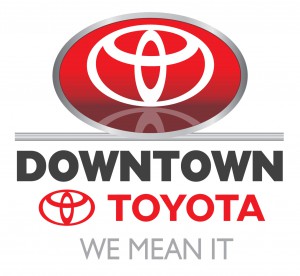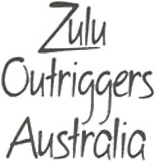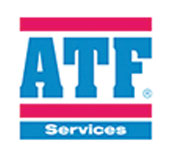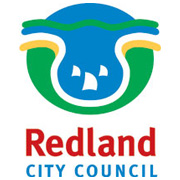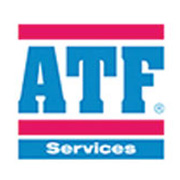Safety
Contact Us
Bayside Outrigger Club
William Street, Cleveland
Queensland, Australia
Phone:
Email: info@baysideoutrigger.com.au
Postal Address:
Bayside Outrigger Canoe Club
40 Chipping Drive
Alexandra Hills QLD 4161
Member Login
Weather
Safety

Swim / Tread Water Testing
As required by AOCRA, Bayside OCC will conduct annual swim tests and tread water tests for all current and new paddlers. If you are unable to complete the tests, you will be required to wear a PFD while paddling until you have demonstrated your improved skills.
PFDs
All club members must now have a PFD with them when paddling any outrigger craft - OC6, OC2, OC1 and V1. The club committee fully endorses the AOCRA requirement. It is each paddler's responsibility to comply. The club has a number of PFDs that are available for members’ use at training.
Leg Ropes
All club members must have a leg rope fitted to the canoe and their body when paddling OC1s, OC2s and V1s. The club committee fully endorses the AOCRA requirement. It is each paddler's responsibility to comply.
A ‘huli’ can happen at any time with little or no warning. A huli is very common and can happen during practice or a race.
1. KNOW YOUR ROLE
SEAT 1 – You are in charge of gathering the paddles and personal gear that may be floating away.
SEAT 2 & SEAT 5 – You climb over the canoe using the 'iakos' (wooden bars that connect the 'ama' (the stabilising outrigger float) to the canoe). Once out of the water and on top of the boat, turn and face the 'ama'. Place one or two feet on the ‘muku’ (the short end of the iako). Place your hands on the iako. If you cannot reach, grab the gunnel of the canoe. When everyone is ready, you will pull the boat towards you as the ama is being lifted, and flip the canoe back upright.
SEAT 3 & SEAT 4 – You will swim to the ama. Once seats 2 & 5 are ready on the muku, you will push the ama up by doing a big scissors kick with your legs to help in getting it out of the water.
SEAT 6 – You are the captain. You must check to make sure all paddlers are accounted for. You must assist in the execution of the huli recovery and offer verbal or physical assistance.
2. TAKING CARE OF PADDLERS
The steerer (Seat 6) is in charge of the boat. If there are any paddlers that are in need of assistance, the stern (or next best suited to help) will take control. The first step once in the water is to gather yourself. There is a major initial shock to the body and often prevents logical, common sense thinking. If you are having a problem, hold onto the canoe. Shift your way down the boat (with the stern’s assistance) and hold onto the stern end of the canoe. Do not climb onto another paddler or the ama. This will sink the ama making it heavier, or possibly injure a second paddler.
Each seat has a dedicated job (as posted above). Once you and your crew are stabilized, get into postion to right the boat. Changes to responsibilities: a taller paddler may exchange roles with a smaller paddler when taking on responsibilities of seat 2 or 5. Due to a longer reach, they can often grab the iakos further away and offer more leverage to pull the boat over. Talk! Work as a team. Let everyone know when you are ready, or if you need any assistance.
4. 1 – 2 – 3 GO!
Once everyone is ready to go, count it down. We need everyone to pull at the same time. It doesn’t take a lot of energy to right the boat, but if not done together, it can be very difficult!
5. ENTERING AND BAILING
Everyone must enter the boat from the ama side. This is very important.
6. START PADDLING
A huli is common and needs to be considered part of outrigger paddling. All paddlers will huli during their time in a boat.
STOP, THINK, REACT Take a second to gather yourself and then execute as a team!



